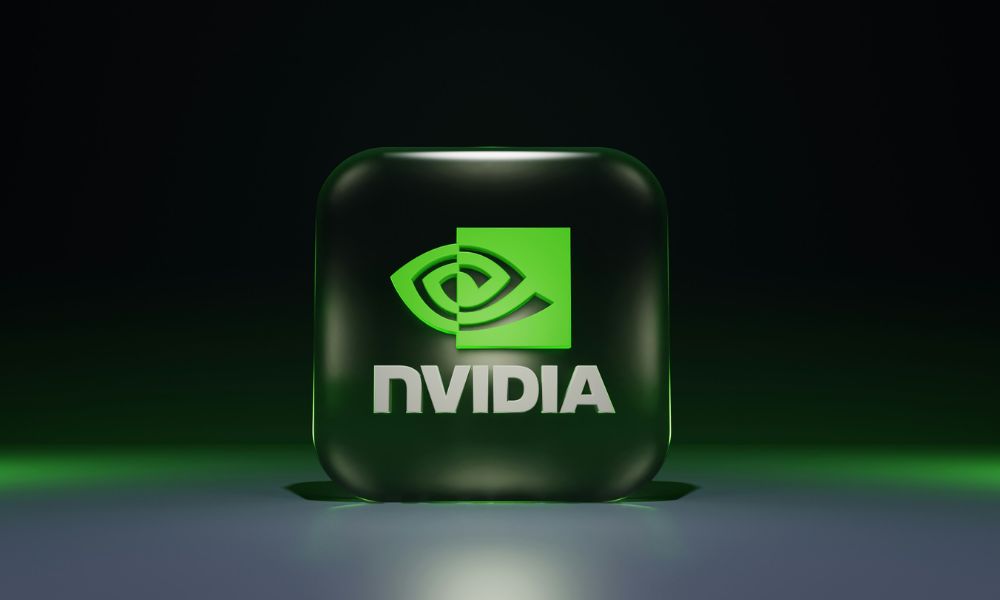NVIDIA’s role as a leader in the AI revolution makes it one of the most exciting stocks on the market. With a market cap over $1 trillion and its presence in everything from data centers to gaming, it’s a stock that many investors have their eyes on—whether you already own it or are thinking about buying it for the first time.
However, recent volatility after its earnings report has many wondering: Should I hold, sell, or buy NVIDIA? The answer depends on how well you manage your investment strategy in light of current market conditions.
This is the first article in a two-part series designed to make you as knowledgeable as possible about NVIDIA. Today, we’ll provide actionable steps that can help you protect your profits if you already own the stock or guide you on making a smart entry into NVIDIA if you’re considering a purchase. Next week, we’ll dive into maximizing long-term gains with NVIDIA, so stay tuned!
Additionally, we’ll show you how leveraging VectorVest’s unique tools, including the VST™ (Value-Safety-Timing) ratings, can make it easier to evaluate NVIDIA’s position in your portfolio—whether you’re a seasoned investor or just starting out.
1. Trade the Chart, Not Your Heart
It’s easy to get emotionally attached to a company like NVIDIA, given its impressive track record. However, emotions don’t lead to successful trades—data does. The first and most important step is to trade the chart, not your heart.
Recent market action shows NVIDIA’s stock falling below its 20-day simple moving average, signaling caution for investors. As highlighted in a recent VectorVest YouTube video on NVIDIA, “the stock’s price has fallen below its 20-day moving average,” and that’s often a signal to reassess your position. Even if you love the company and believe in its long-term potential, now might not be the time to simply “hold and hope.”
Using VectorVest’s platform, you can easily track key indicators like the stock’s moving averages and relative timing (RT) to gauge its current trend. The system simplifies the data and gives you clear buy, sell, or hold ratings based on multiple factors, making it easier for you to act decisively. For those already invested, one strategy is to sell half of your position to lock in gains, allowing you to still participate in potential future growth while protecting profits.
2. Consider Buying a Protective Put
If you’re holding a substantial position in NVIDIA, buying a protective put is a powerful way to hedge against downside risk while maintaining your bullish outlook. A protective put allows you to continue holding the stock while buying “insurance” in the event of a drop.
For example, if NVIDIA’s stock price declines, the put option increases in value, offsetting potential losses. This can be especially valuable if you still believe in NVIDIA’s long-term potential but want to safeguard your investment from short-term volatility.
VectorVest’s platform can help you determine when to use options strategies like protective puts, as it analyzes not only stock price movement but also market timing, helping you gauge whether the broader market conditions are favorable for investing.
3. Sell Covered Calls for Extra Income
For those holding at least 100 shares of NVIDIA, selling covered calls is a great way to generate additional income while holding your position. Selling a call option at a price above NVIDIA’s current level allows you to collect a premium, and if the stock doesn’t hit the strike price by the option’s expiration, you keep both the premium and the shares.
This strategy works well if you believe NVIDIA will trade within a certain range in the short term but still want to earn some extra income on your holdings. It’s an excellent way to make your investments work harder for you while waiting for the stock to make its next move.
4. Use Bearish ETFs as a Hedge
Not comfortable with options trading? Consider hedging your NVIDIA investment by buying a bearish ETF like NVDS. This ETF is designed to move in the opposite direction of NVIDIA’s stock price, offering a simpler way to protect your holdings from a downturn.
For example, if NVIDIA’s stock price falls, the NVDS ETF should rise, offsetting some of your losses. This is a straightforward, lower-risk way to hedge against volatility, especially if you’re unsure about trading options or selling shares.The VectorVest platform makes it easy to assess these alternative investments, helping you see whether such ETFs align with the timing and trends of the overall market.
Conclusion: Preparing for Long-Term Success
The strategies outlined in this article—whether it’s selling part of your position, using options, or hedging with ETFs—are designed to help you protect your investment and make informed decisions based on market data. And, with the right tools, even those who are new to investing can analyze NVIDIA’s performance with ease.
But this is only the first step in a larger strategy. In next week’s article, we’ll explore how to position yourself for long-term success with NVIDIA, leveraging its leadership in the AI space and continuing to build wealth over time. We’ll also discuss how VectorVest’s tools can help you navigate the stock’s performance going forward, making your investment journey even smoother.
By the end of this series, you’ll have the insights you need to confidently navigate NVIDIA’s stock, whether you’re already invested or considering making your first purchase.
Stay tuned for Part 2—your guide to maximizing long-term gains with NVIDIA.
Want These Types of Insights at Your Fingertips so You Can Win More Trades?
Use VectorVest to analyze any stock free. VectorVest is the only stock analysis tool and portfolio management system that analyzes, ranks and graphs over 18,000 stocks each day for value, safety, and timing and gives a clear buy, sell or hold rating on every stock, every day.
Before you invest, check VectorVest! Click here to ANALYZE ANY STOCK FREE and see our system in action!











Leave A Comment